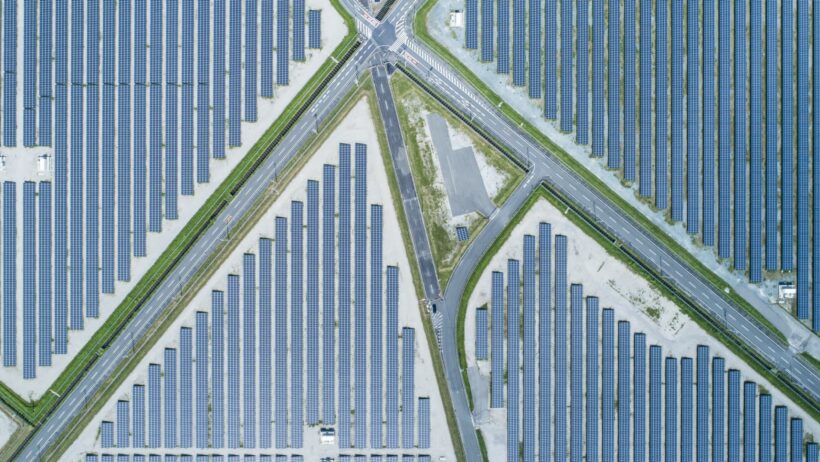As industries evolve, the imperative for energy conservation becomes increasingly salient. The quest for sustainability is not merely a trend; it is an existential necessity. Industries contribute significantly to global energy consumption, accounting for nearly a third of the total. It is thus crucial to explore various approaches that can facilitate energy conservation and highlight innovations that are propelling the industry towards a more sustainable future.
One of the foremost strategies is the adoption of energy-efficient technologies. These technologies are instrumental in reducing energy consumption while maintaining productivity. For instance, advanced manufacturing processes incorporate automation and smart machinery that optimize the use of energy. By utilizing Internet of Things (IoT) devices, industries can monitor energy use in real-time. This enables companies to identify inefficiencies, making timely adjustments that can lead to significant energy savings.
Moreover, retrofitting existing infrastructure presents a pragmatic solution for energy savings. Many industries operate in facilities that may have outdated equipment or inefficient layouts. Upgrading lighting systems to LED technology or incorporating high-efficiency heating, ventilation, and air conditioning (HVAC) systems can drastically reduce energy requirements. Such retrofitting not only enhances energy efficiency but also improves the overall work environment.
Companies are increasingly embracing renewable energy sources, which serve as complementary alternatives to traditional fossil fuels. Solar panels, wind turbines, and biomass energy solutions are becoming more prevalent. The economics of renewable energy generation have improved remarkably, making them financially viable options for many industries. Through the installation of on-site generation facilities, industries can harness renewable energy, thereby reducing their carbon footprint while securing long-term energy savings.
Another innovative avenue worth exploring is energy storage solutions. The implementation of battery storage systems allows industries to store excess energy generated during low-demand periods. This stored energy can then be used during peak demand, effectively flattening the energy consumption curve. Additionally, innovations in battery technology, such as lithium-ion and solid-state batteries, are enhancing the efficiency and capacity of energy storage solutions, making them more accessible and efficient for industrial applications.
The concept of energy management systems (EnMS) is also gaining traction. These comprehensive systems facilitate a detailed analysis of energy usage patterns across various levels of operation. By employing sophisticated algorithms and machine learning techniques, EnMS can identify areas of waste and offer dynamic recommendations for improvement. This proactive approach to energy management enables companies to not only comply with regulations and standards but also to cultivate a culture of continuous improvement.
Collaboration between industries and government entities can catalyze further advancements in energy conservation. Public-private partnerships can engender innovative programs aimed at research and development in energy-efficient solutions. By pooling resources and expertise, such collaborations can yield breakthroughs that might not be achievable in isolation. Legislative incentives that promote energy efficiency can also stimulate industries to adopt more sustainable practices, resulting in a win-win scenario.
Employee engagement plays a crucial role in energy conservation efforts. Educating employees about energy-saving practices fosters a culture of sustainability within the organization. Training programs that emphasize the importance of energy conservation can equip staff with the knowledge to make informed decisions on energy use. Furthermore, involving employees in energy-saving initiatives can lead to a sense of ownership and responsibility, enhancing overall commitment to energy conservation.
Innovations in artificial intelligence (AI) and big data analytics are transforming the landscape of energy management. Companies are employing AI algorithms to analyze vast amounts of data to forecast energy needs more accurately and optimize operational efficiency. Predictive analytics assists industries in planning their energy consumption, thereby minimizing waste and ensuring that energy procurement is both cost-effective and sustainable.
Electrification of processes is steadily being adopted across various sectors. Switching from direct fossil fuel use to electric power can drastically reduce emissions and enhance energy efficiency. This transition requires a careful evaluation of current operations and a commitment to investing in electrification technologies, but the long-term benefits often vastly outweigh the initial costs.
Lastly, the concept of circular economy warrants consideration as industries explore avenues for energy conservation. By emphasizing the reuse and recycling of materials, companies can substantially reduce their need for energy-intensive raw material processing. This approach not only mitigates energy consumption but also diminishes waste generation, aligning with wider sustainability goals.
In conclusion, conserving energy within industries necessitates a multifaceted approach. Incorporating innovative technologies and fostering a culture of sustainability are paramount. It is imperative for industries to adopt energy-efficient practices, invest in renewable energy, and leverage advanced analytics for energy management. The path forward is replete with opportunities for transformation, and as industries embrace these changes, they not only drive economic growth but also contribute to the preservation of our environment for future generations. The lens through which we view energy consumption is shifting, and with it comes the potential for revolutionary change in how industries operate.








